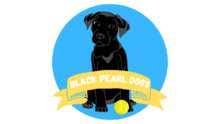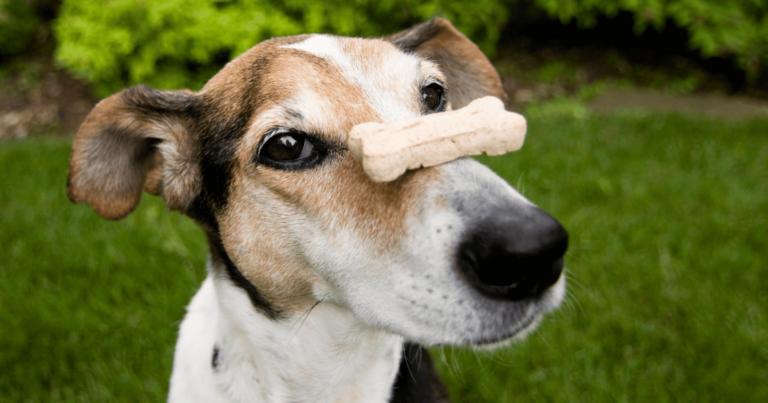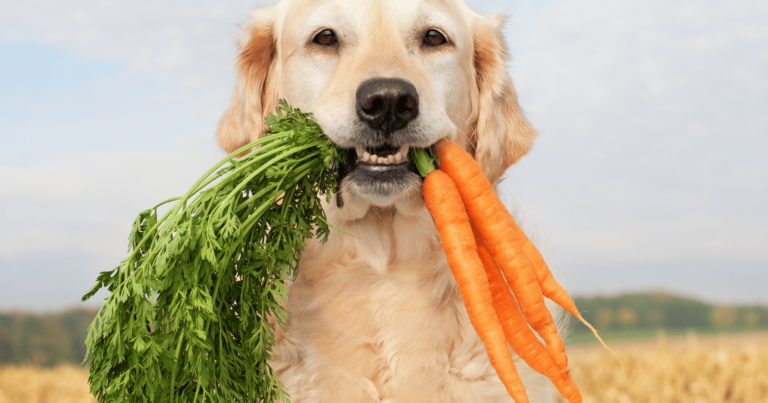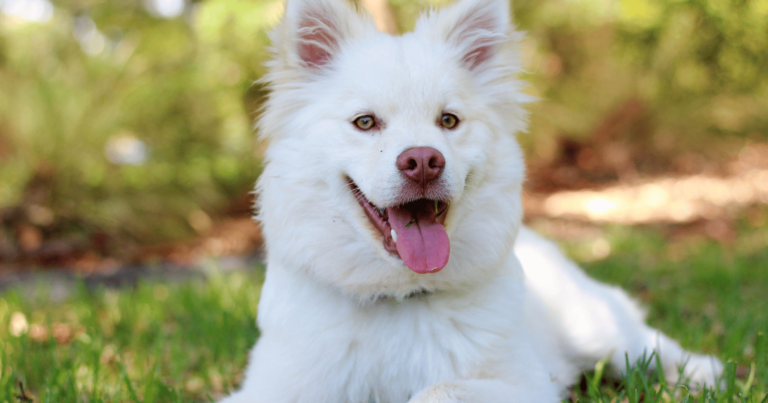Choosing the right type of food for your dog can be a daunting task.
Wet dog food, in particular, has been a topic of debate among pet owners.
So, why go with wet dog food?
It’s simple – it offers a slew of benefits that can contribute to your pet’s overall health and happiness.
From being packed with essential nutrients to being easier to chew, wet dog food can be an excellent choice for your dog.
In the forthcoming sections, we will delve into 7 compelling reasons you should consider switching to wet dog food for your pet.
1. High moisture content
Wet dog food is generally made up of about 75% water.
This high moisture content is a significant advantage, particularly for dogs that don’t drink enough water throughout the day.
Dehydration in dogs can lead to serious health problems, including kidney and urinary tract issues.
The moisture in wet dog food can help keep your dog well-hydrated, promoting better kidney and urinary tract health.
It’s especially beneficial for older dogs or those with certain health conditions that make drinking water difficult.
In contrast, dry dog food usually contains only about 10% water.
This means that if your dog is primarily eating dry food, they might not be getting enough hydration, particularly if they’re not big drinkers.
Additionally, the high moisture content in wet dog food can make it more appealing to dogs.
The increased hydration can enhance the flavor and smell of the food, making meal times more enjoyable for your pet.
2. Easier to chew and digest
Wet dog food is often the go-to choice for dogs that have dental issues or are of a certain age.
The soft and smooth texture of wet food makes it easier for dogs to chew, especially those with missing teeth, weak jaws, or other dental problems.
Not only is wet food easier to chew, but it’s also easier to digest.
This can be particularly helpful for dogs with sensitive stomachs or those recovering from surgery.
The high moisture content in wet food aids in digestion, making it a more comfortable choice for your pet’s stomach.
Moreover, puppies who are transitioning from milk to solid food can benefit significantly from wet dog food.
Its soft texture is perfect for their developing teeth and can help facilitate this crucial transition in their life.
3. Packed with nutrients

It’s usually packed with high-quality proteins and fats, which are essential for your dog’s health.
Proteins support muscle development and contribute to a healthy immune system, while fats provide the energy your dog needs for their active lifestyle.
Unlike dry food, wet dog food doesn’t require preservatives due to its packaging, which means it often contains fewer artificial ingredients.
It’s also less likely to be bulked out with fillers and grains, which can be hard for some dogs to digest and offer little nutritional value.
Moreover, many wet foods contain fruits and vegetables that provide essential vitamins and minerals for your pet.
These components can support various aspects of your dog’s health, from their coat condition to their joint health.
4. Ideal for picky eaters
Its strong aroma and flavor can make it more appealing to dogs, particularly those who are picky about their food.
This can help ensure your pet gets the nutrients they need, even if they’re usually reluctant to eat.
The moist and smooth texture of wet food can also be more enjoyable for dogs to eat compared to dry kibble.
Some dogs simply find it more palatable, and the variety of flavors available in wet food can make meal times more exciting for your pet.
Lastly, if your dog has lost their appetite due to illness or age, wet dog food can often tempt them back to eating.
The strong smell and taste can stimulate their senses and make food more appealing, helping them maintain a healthy diet even during challenging times.
5. Weight management
It’s typically less calorie-dense than dry food, making it a good choice for dogs who need to lose weight or maintain a healthy weight.
The high moisture content in wet food can help your dog feel full without consuming as many calories.
This can be particularly helpful if your dog tends to overeat or if they struggle with portion control.
But it’s important to note that every dog is unique, and their nutritional needs will vary depending on their age, breed, size, and activity level.
Always consult with your vet to determine the most suitable diet for your pet.
6. Variety of flavors and textures
Dogs, like humans, enjoy having a bit of diversity in their diet.
Wet food comes in a wide range of flavors, from chicken and beef to fish and lamb, providing a welcome change from the monotony of dry kibble.
Additionally, the texture of wet dog food is often more appealing to dogs.
The soft and moist consistency can be a pleasant change from the dry and hard texture of kibble.
This variety can make meal times more exciting for your pet, encouraging them to eat regularly and ensuring they get the nutrients they need.
It can also be particularly beneficial for picky eaters who may get bored with their food easily.
7. Better for hydration

As we’ve mentioned, wet food typically contains about 75% water.
This high moisture content can contribute to your dog’s daily water intake, particularly if they’re not big drinkers.
Proper hydration can help prevent urinary and kidney problems in dogs.
It aids digestion and helps keep their skin and coat healthy.
It can also help regulate body temperature and ensure proper circulation.
While providing fresh water should always be the priority, opting for wet dog food can be a great way to supplement your pet’s water intake.
This can be particularly beneficial in hotter climates, where dogs may need more water to stay hydrated.
Making the switch to wet dog food
If you’re considering transitioning your dog to wet food after understanding its benefits, it’s essential to do so gradually.
A sudden change in diet can upset your dog’s stomach and cause digestive issues.
Begin by slowly introducing wet food into your dog’s current diet.
Start with a small amount of wet food mixed with their regular dry kibble, gradually increasing the proportion of wet food over a week or two.
Keep a close eye on your dog during this transition period.
Monitor their appetite, energy levels, and stool consistency.
Any drastic changes could indicate that the new diet isn’t suiting them, and it might be worth consulting with a vet.
In the end, providing a balanced diet that meets all of your dog’s nutritional needs is what’s most important.














